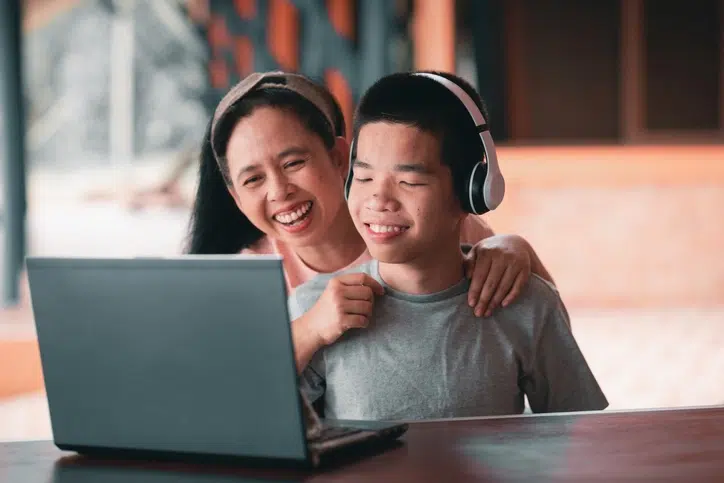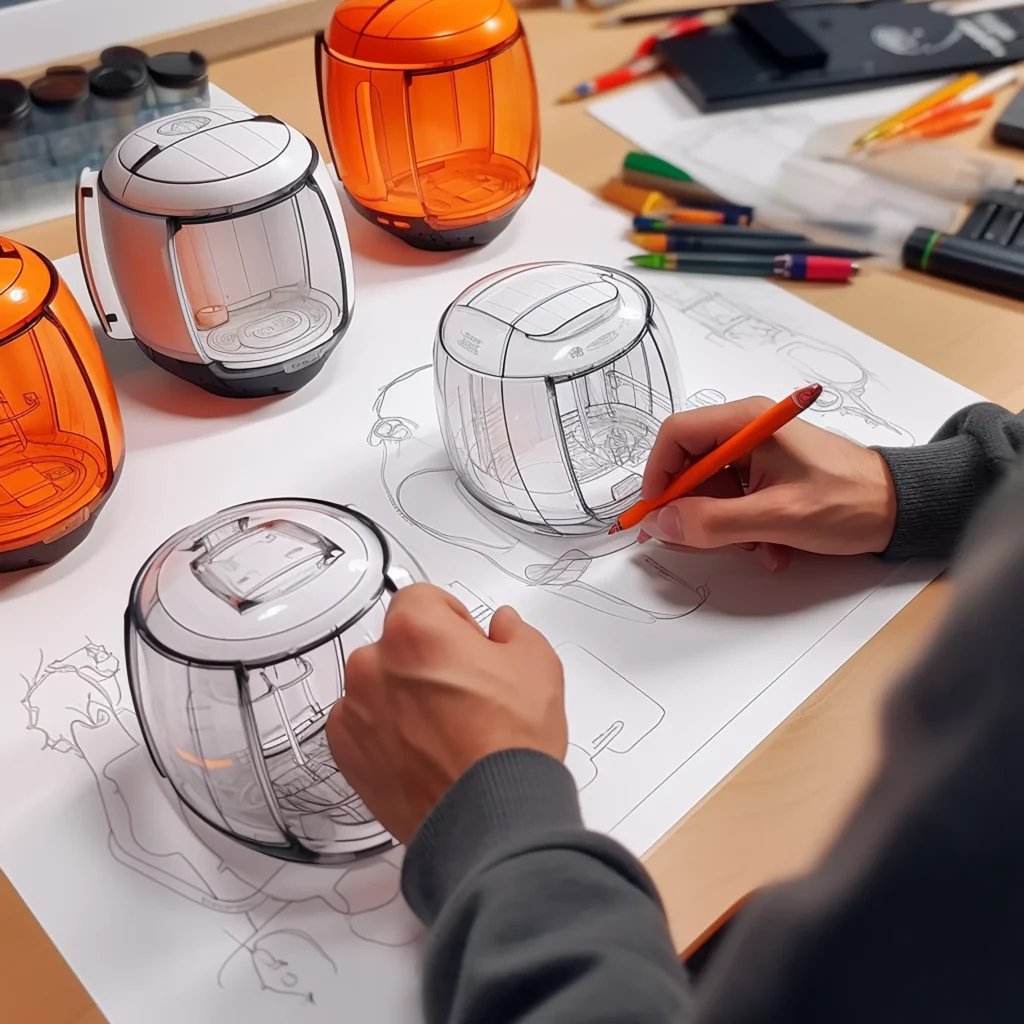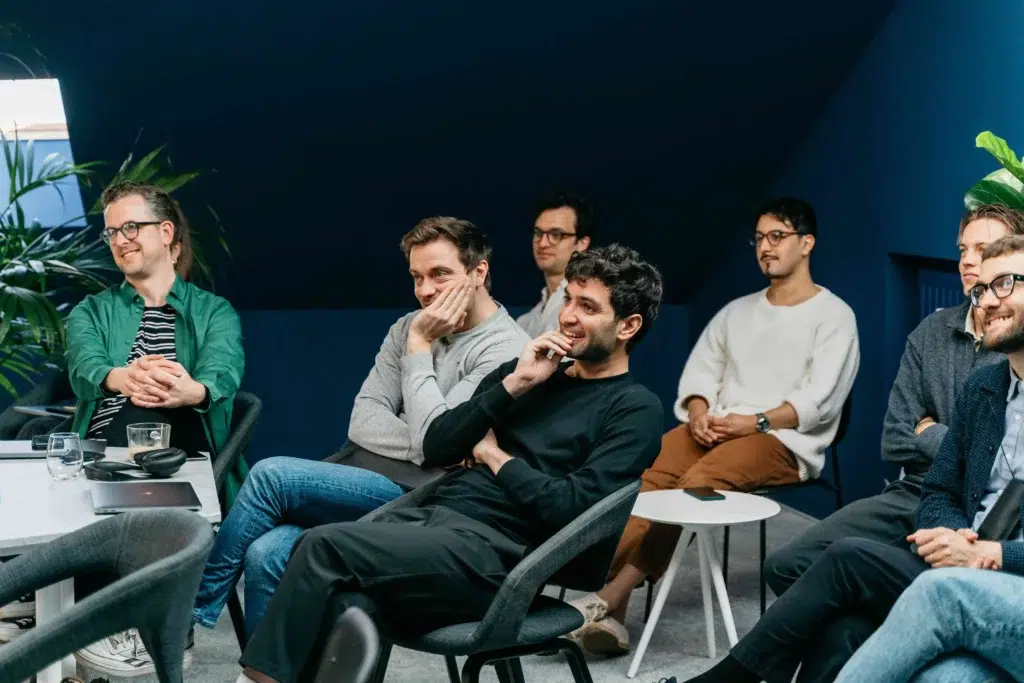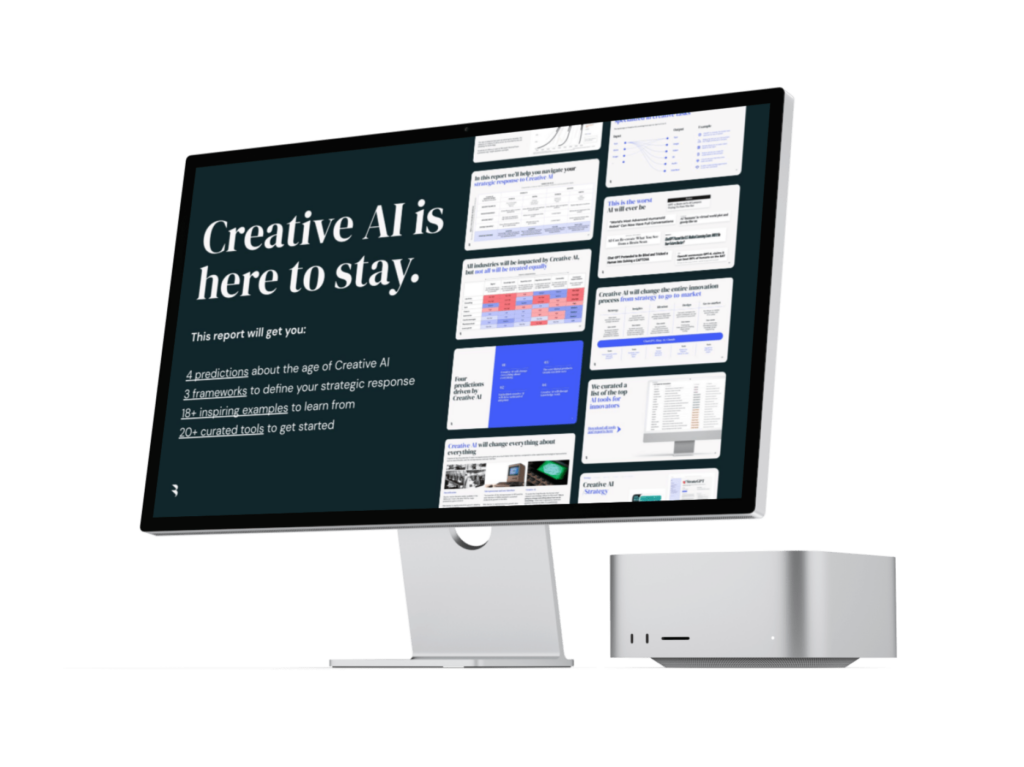In a rapidly evolving world, where innovation and technology are constantly pushing boundaries, the need for inclusive solutions has become more crucial than ever.
Creative AI has the power to revolutionize industries, break down barriers, and drive positive change across diverse sectors. In this blog post, we will explore the exciting potential of Creative AI and its role in inclusive innovation.
What is inclusive innovation?
We define inclusive innovation as the practice of creating products and services that are accessible and usable by as many people as possible -regardless of their age, gender, ability, or background.
Inclusive innovation leads to better innovations, created differently, for more equitable outcomes:
Better innovations: Innovations that meet the needs of more people – and meet those needs more effectively than innovations designed only for a narrow audience
Created differently: Innovations that are designed with and by traditionally underrepresented groups – by teams with diverse backgrounds, using inclusive design methods
More equitable outcomes: Innovations that lead to a reduction in societal harms e.g. inequality and environmental degradation – thus combatting the underlying causes of exclusion
Democratization of creativity and innovation: Innovation tools and capabilities that are more widely open and accessible – not just to companies with large research and development budgets
Creative AI for inclusive innovation
Creative AI as a barrier
AI is often seen as a barrier to inclusive innovation, as it can perpetuate and exacerbate existing biases and inequalities, because of the following reasons:
Biased data sets – AI tools are often trained on data sets that exclude traditionally underrepresented groups e.g. facial recognition tools are most effective at understanding
Lack of diversity in teams building AI tools – AI tool development, and the decades of underlying research underpinning their development – has often been led by non-diverse teams
Limited accessibility of tools – AI often tools require access to broadband internet and a high degree of digital literacy
Eliminating human oversight and transparency – outputs from AI tools are often not easily ‘explainable’ and lacking transparency in how they were developed – making it harder to spot and eliminate digitally-perpetuated bias
Creative AI as a turbocharger
But if used appropriately, Creative AI tools can turbocharge inclusive innovation. Creative AI tools can improve innovation in two ways:
How you innovate – Making it easier, faster and cheaper to use inclusive innovation methods
What you create – Making it easier, faster and cheaper to create inclusive products and services
Real-world applications of Creative AI
The potential applications of Creative AI are vast and extend across numerous industries. Let’s explore a few examples of how Creative AI is already driving inclusive innovation:
Healthcare and assistive technologies
AI is driving inclusive innovation in healthcare by aiding in early detection and diagnosis of diseases. Machine learning algorithms can analyze medical data, such as medical images or patient records, to identify patterns and assist healthcare professionals in making accurate diagnoses, leading to better healthcare outcomes for all.
Moreover, Creative AI is revolutionizing healthcare by enabling the development of assistive technologies that enhance patient care and accessibility. AI-powered chatbots, for instance, can provide personalized medical advice and support for individuals with limited access to healthcare services. Creative AI is also being utilized to develop advanced prosthetics and exoskeletons that assist individuals with physical disabilities, promoting independence and improving quality of life.
Education and learning
In the field of education, Creative AI is transforming the way we learn and acquire knowledge. AI-powered virtual tutors and personalized learning platforms adapt to individual learning styles. This makes education more accessible and engaging for students with diverse abilities. By leveraging Creative AI, educators can create interactive and immersive learning experiences that cater to a wide range of learning needs, fostering inclusive innovation in the education sector.
Social impact
AI-powered technologies are being harnessed for social impact, addressing various challenges faced by marginalized communities. For instance, AI-driven chatbots and virtual assistants can provide support and information to underserved populations, helping them access essential services and resources.

6 examples of AI-generated inclusive innovations
The Open Bank
A mobile app that helps people learn how to easily and effectively manage their money. It has simple features and unparalleled accessibility through voice banking, text-to-speech and adjustable fonts and graphics.
The app provides financial literacy resources in multiple languages, automatic enrollment in benefit programs for low-income consumers, and access to peer support groups for customers with similar financial challenges.
Telemedicine Without Borders
A telemedicine service offering video consultations with nurses, doctors, and specialists, which are translated in real-time into multiple languages.
The service also provides live advice to healthcare providers on how to adapt their practices to accommodate patients from diverse cultural backgrounds. Additionally, the service offers real-time sign language interpretation and closed captioning for users who are deaf or hard-of-hearing.
Smart Fit
An apparel store that offers a wide range of adaptive clothing options, and AI-enabled fittings and customization services. This allows clothes to fit perfectly for any body shape or ability.
The store offers in-store navigation support with an AI-enabled personal shopping assistant that offers advice in video, audio, braille or automatically generated real-time sign language video.
Shop Navigator
A mobile app that connects consumers to AI-enabled personal shopping assistants who can help them navigate around physical stores and find products suited to their needs.
The app also offers audio commands, haptic feedback, and image recognition technology to help people navigate stores. It also offers on-demand video call support with an AI-enabled personal shopping assistant.
Global Grocery
A grocery delivery service offering customized orders tailored to consumers’ dietary needs,including halal, kosher, vegan, gluten-free,diabetic-friendly, and allergen-free options. The service employs a sliding scale pricing model to ensure affordability for low-income households.
Customers have the option to pay more or less based on their financial situation. Various delivery options are provided, including free home delivery for individuals with mobility impairments, which is subsidized by user donations. Furthermore, the service offers free AI-enabled nutritional counseling and personalized video cooking to cater to individual needs.
Esperanto Kitchen
A chain of fast-casual restaurants that offer a diverse range of ethnic foods and flavours – such as rice bowls and grain bowls – using AI to create a wide variety of meal combinations from a simple selection of ingredients.
The restaurants provide inclusive seating options, such as adjustable-height tables and chairs, and braille and AI-generated audio/video menus with the ability to have the menu presented automatically in sign language. Customers get a 50% discount when paying using food stamps, more affluent customers pay more to “pay forward” cheaper meals for others.
Creating an inclusive future with Creative AI
As we look towards the future, the potential of Creative AI for inclusive innovation is exciting and promising. By harnessing the power of AI and integrating it with human creativity, we can unlock possibilities and drive positive change.
But it’s crucial to understand how and where Creative AI can make a positive change in innovating for inclusivity, and be aware of the biases that it presents.
Unlock the power of AI in a unique sprint format. Leverage the latest AI tools to generate new ideas, get real-time feedback, and curate new concepts to move forward with.


